Introduction
Life is unpredictable, and sometimes health issues can strike suddenly. While visiting a doctor is essential, knowing basic first aid for common diseases can help you manage symptoms promptly, reduce complications, and provide comfort until medical care is available. Here’s a handy guide on first aid for some of the most common illnesses.
1. Fever
Symptoms:
High body temperature, sweating, chills, headache, muscle aches.
First Aid Tips:
Keep the person hydrated with water, herbal teas, or electrolyte drinks.
Use a cool, damp cloth on the forehead or take a lukewarm bath to reduce temperature.
Avoid heavy clothing or blankets to prevent overheating.
Over-the-counter fever reducers like paracetamol can help.
Monitor temperature regularly. If it exceeds 103°F (39.4°C) or persists for more than 3 days, seek medical help.
2. Diarrhea
Symptoms:
Frequent loose or watery stools, abdominal cramps, dehydration risk.
First Aid Tips:
Encourage frequent sips of oral rehydration solutions (ORS) or clear fluids.
Avoid dairy, caffeine, and fatty foods until recovery.
Maintain good hygiene to prevent spread.
If diarrhea lasts more than 2 days, or if there’s blood in stools or severe dehydration signs, consult a doctor immediately.
3. Asthma Attack
Symptoms:
Difficulty breathing, wheezing, coughing, chest tightness.
First Aid Tips:
Help the person sit upright and stay calm.
Assist in using a prescribed inhaler (usually a blue reliever inhaler).
If no improvement in 10 minutes or worsening symptoms, call emergency services.
Loosen tight clothing and ensure fresh air access.
4. Allergic Reaction
Symptoms:**
Rash, itching, swelling, difficulty breathing (severe reactions).
First Aid Tips:
Identify and remove the allergen if possible.
For mild reactions, apply antihistamine creams and take oral antihistamines.
For severe reactions (anaphylaxis), use an epinephrine auto-injector if available and call emergency services immediately.
Keep the person lying down with legs raised unless breathing is difficult.
5. Heat Stroke
Symptoms:
High body temperature (above 104°F/40°C), confusion, headache, nausea, rapid pulse.
First Aid Tips:
Move the person to a cooler place immediately.
Remove excess clothing and cool the body with wet cloths or a fan.
Offer small sips of water if conscious.
Call emergency help as heat stroke can be life-threatening.
"First Aid Steps for Common Injuries"
Visual Sections:
Cuts & Scrapes
Illustration of a hand with a small cut, water rinsing it, applying ointment, and bandaging.
Burns
Image of a hand under running cool water, removing jewelry, and covering burn with cloth.
Sprains & Strains
Diagram showing R.I.C.E. steps (Rest, Ice, Compression, Elevation) on an ankle.
Nosebleeds
Person sitting with head forward, pinching nose, cold compress on nose.
Choking
Two frames: One showing Heimlich maneuver, another showing encouraging cough.
Quick and easy ways to manage symptoms before professional help arrives.
Trending...
Related posts
Delicious Indian Street Foods You Can Now Make at Home Food
10 Genius Travel Hacks That Will Save You Money in 2025 Blog
7 Mind-Blowing Tech Gadgets You Didn't Know You Needed in 2025 TechWorld
At Least 20 Tourists Killed In Pahalgam, 'Were Shot For Not Being Muslim': What We Know So Far About J&K Terror Attack Travel
A warm message to that kind of person , Who thinks different.. Blog
Chennai Express Shooting Locations: You Must Visit At Least Once Travel
Chennai Diaries: Kshitiz Kumar's Sunday Stroll at Marina Beach Travel
How to apply application for PHD Entrance test of Ranchi University 2025 Guides
Aryan and Ananya love story at ranchi (Podcast by kshitiz ) Episode :2 Blog
Aryan an Ananya love story starts at ranchi (coverd by kshitiz) part 1 Blog
TCS NQT (National Qualifier Test) Honest Review by Kshitiz Kumar TechWorld
Kasol is a hamlet in the Kullu district of the Indian state of Himachal Pradesh Travel
Haryana: A Land Steeped in History and Nature’s Bounty Travel
Punjab: A Land Where Every Heart Beats to the Rhythm of Bhangra Travel
Uttarakhand: Where Nature and Spirituality Embrace You Travel
Shimla: The Enchanting Queen of Hills Awaits You! 🌄 Travel
Laravel mostly used codes during project development Coding
Bersache is a brand that sells sports and casual footwear for men and women. Blog
Jharkhand Election Result 2024: जीत के बाद बोले सीएम हेमंत सोरेन, ‘साथ चलकर सोना झारखंड के निर्माण का लें संकल्प’ Blog
Netarhat, often referred to as the "Queen of Chotanagpur" Blog
Battlegrounds Mobile India 3.5 will be the biggest update of the year; here is why TechWorld
We celebrate diwali in much happier frame of mind 😊 LifeStyle
Business Insider Business News India: Latest Business News Today, Share TechWorld
I am watching whole ranchi from the top in the night in diwali Blog
Diwali 2024 highlights: The Deepotsav celebrations featured around 1,100 people performing a special aarti on the banks of the Saryu river. LifeStyle
Western Railway to run unreserved special trains for Bandra-Gorakhpur and Udhna-Chhapra routes Travel
South Indian food is known for the use of generous coconut in their curries Food
CMRL stands for Chennai Metro Rail Limited, a joint venture between the Government of India and the Government of Tamil Nadu that builds and operates the Chennai Metro Travel
What can you do for your Fit & Good Healthy Life..? Healthy
You might be interested in
-
Draupadi Murmu
2024-11-18 20:37:47 477 views -
Netarhat, often referred to as the "Queen of Chotanagpur"
2024-11-20 20:43:52 348 views
Home
- No posts available.
Travel
-
I visited a beautiful place at renukoot
26 June 83 views -
Chennai Express Shooting Locations: You Must Visit At Least Once
27 January 5280 views
Guides
-
How to apply application for PHD Entrance test of Ranchi University 2025
08 January 307 views -
Tourist Places in Ranchi
28 November 1380 views -
The Sacred Shores of Puri
28 November 347 views
Food
-
Delicious Indian Street Foods You Can Now Make at Home
06 September 52 views -
आलू पराठा रेसिपी (घर का बना पंजाबी स्टाइल)
17 November 263 views -
Are you black tea lover.????
17 November 345 views
Coding
-
Laravel mostly used codes during project development
24 November 282 views -
How to write email codes without SMTP
24 November 253 views
Review
- No posts available.
Healthy
-
Essential First Aid Tips for Common Diseases You Should Know
06 September 43 views -
What can you do for your Fit & Good Healthy Life..?
27 October 320 views
LifeStyle
-
Visited Ranchi Johna Fall
20 November 340 views -
We celebrate diwali in much happier frame of mind 😊
17 November 421 views
Blog
-
10 Genius Travel Hacks That Will Save You Money in 2025
06 September 49 views -
My best Playlist for all time
03 September 54 views -
T nagar at chennai
22 August 58 views
TechWorld
-
AI Tools That Will Skyrocket Your Productivity
06 September 43 views -
7 Mind-Blowing Tech Gadgets You Didn't Know You Needed in 2025
06 September 60 views -
The Alternate way to run Laravel site
28 January 183 views
Lyrics
-
Hanuman Chalisa
17 November 325 views
Categories
Home
Show all Blog Posts.
Travel
Travelling is the cure for Health and Soul.
Guides
We always need a guide for our lives.
Food
Food is a big part of our life.
Coding
Coding is the Era of New Tech India.
Review
Review is now going to import things for Anything.
Healthy
Health is wealth , we should never ignore it.
LifeStyle
Our lifestyle decides our health.
Blog
Blog is a great source of Knowledge and skills.
TechWorld
We are here to define all tech things for our
Lyrics
Songs



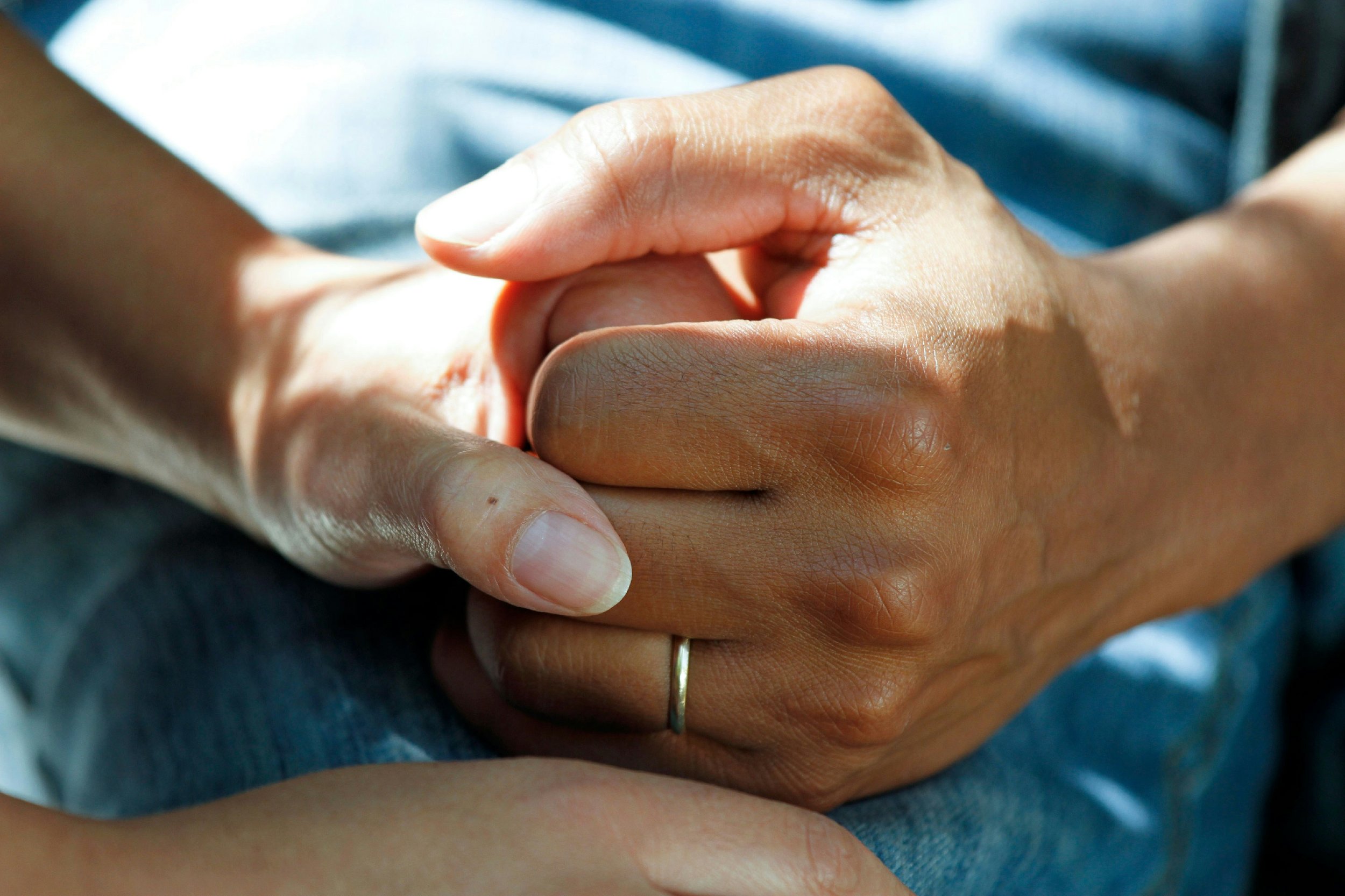

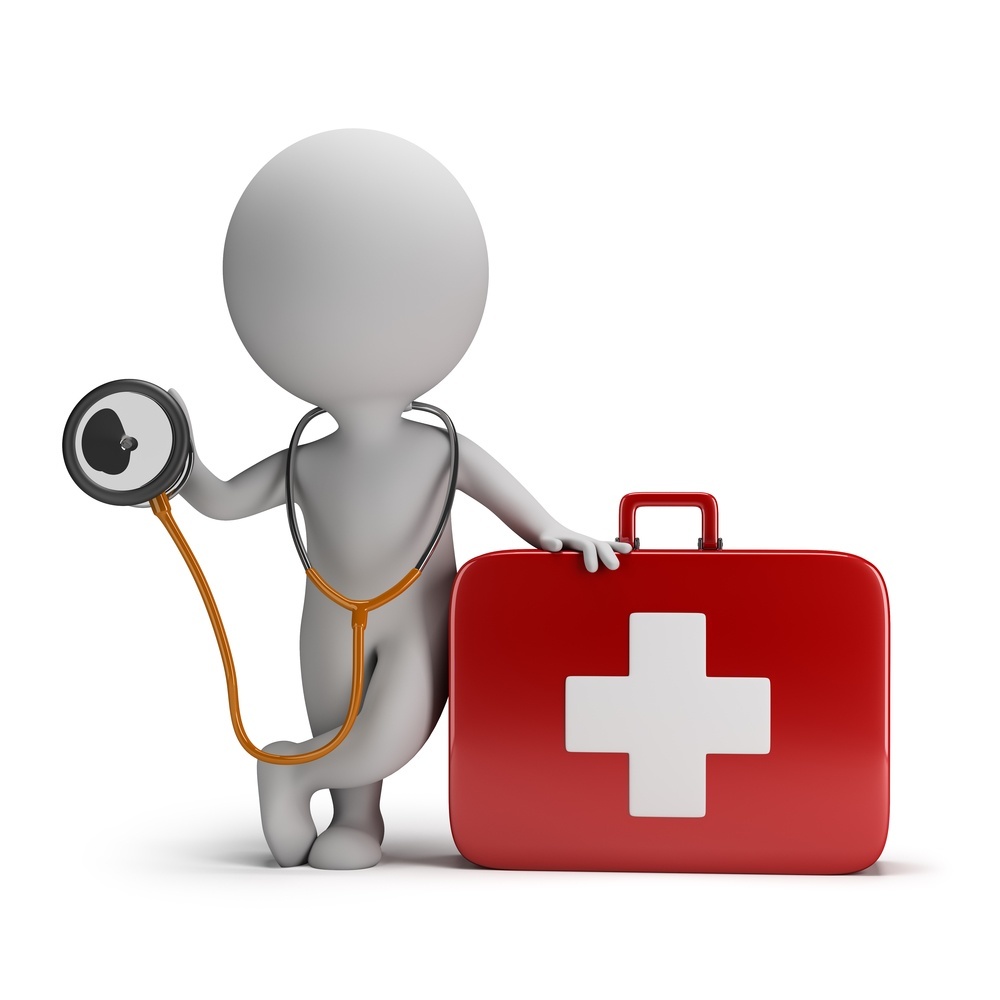







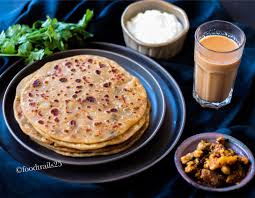



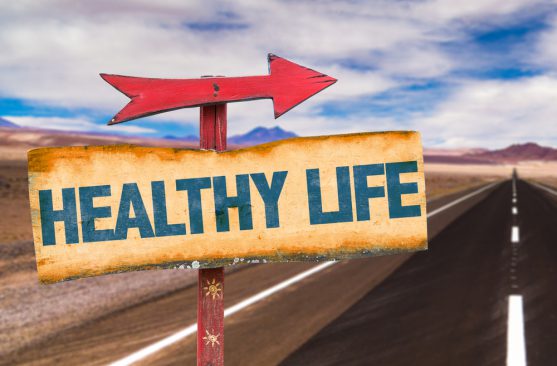
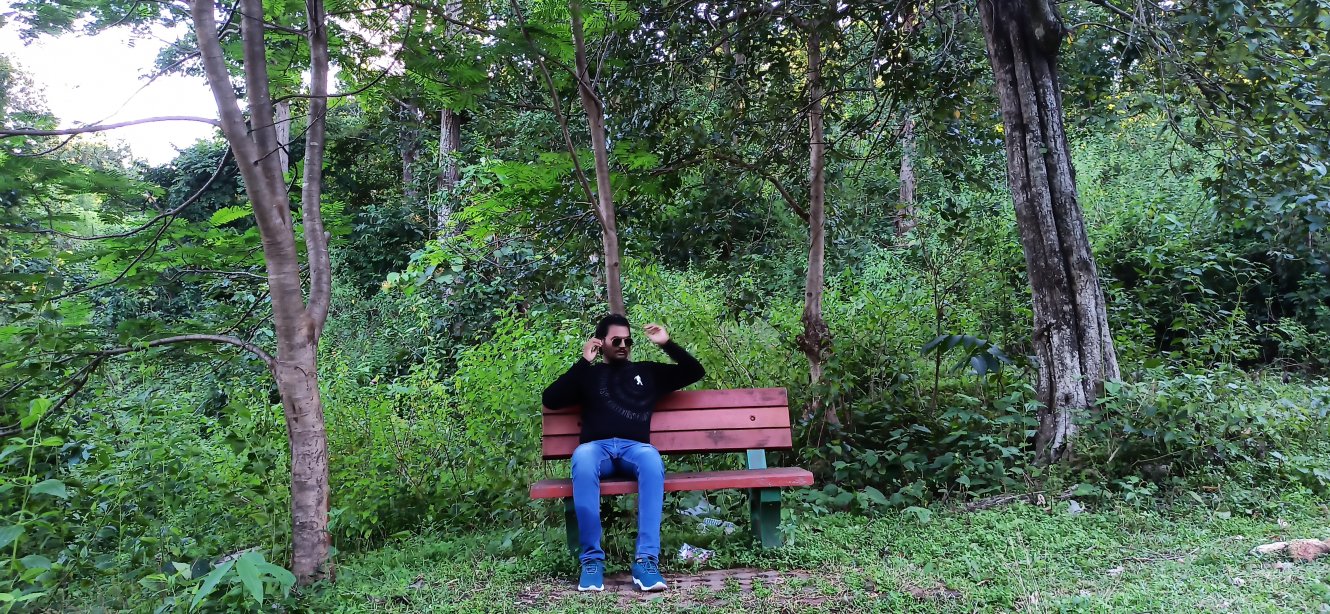
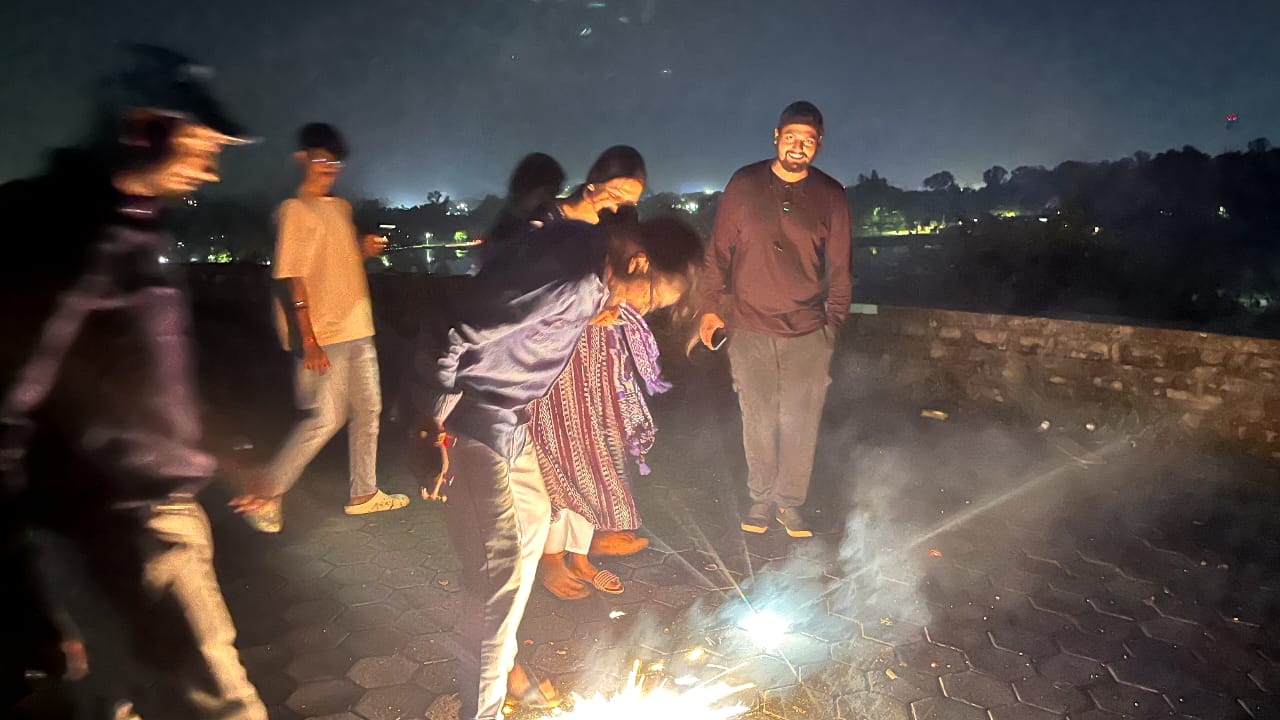


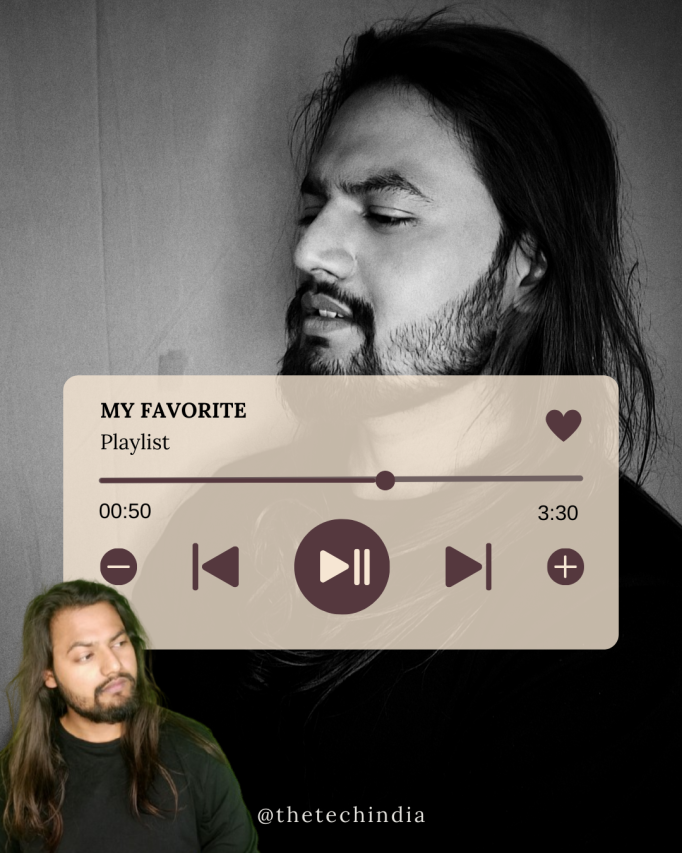




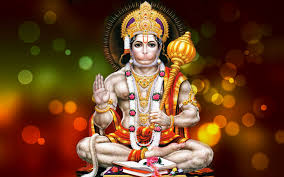


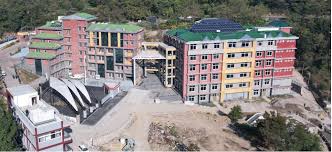




Comments
Leave a Reply